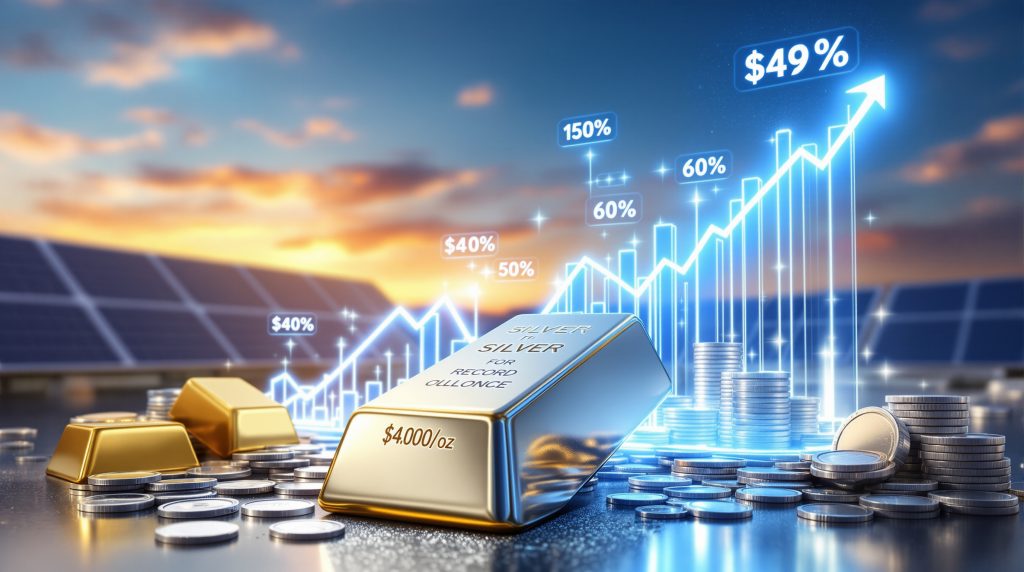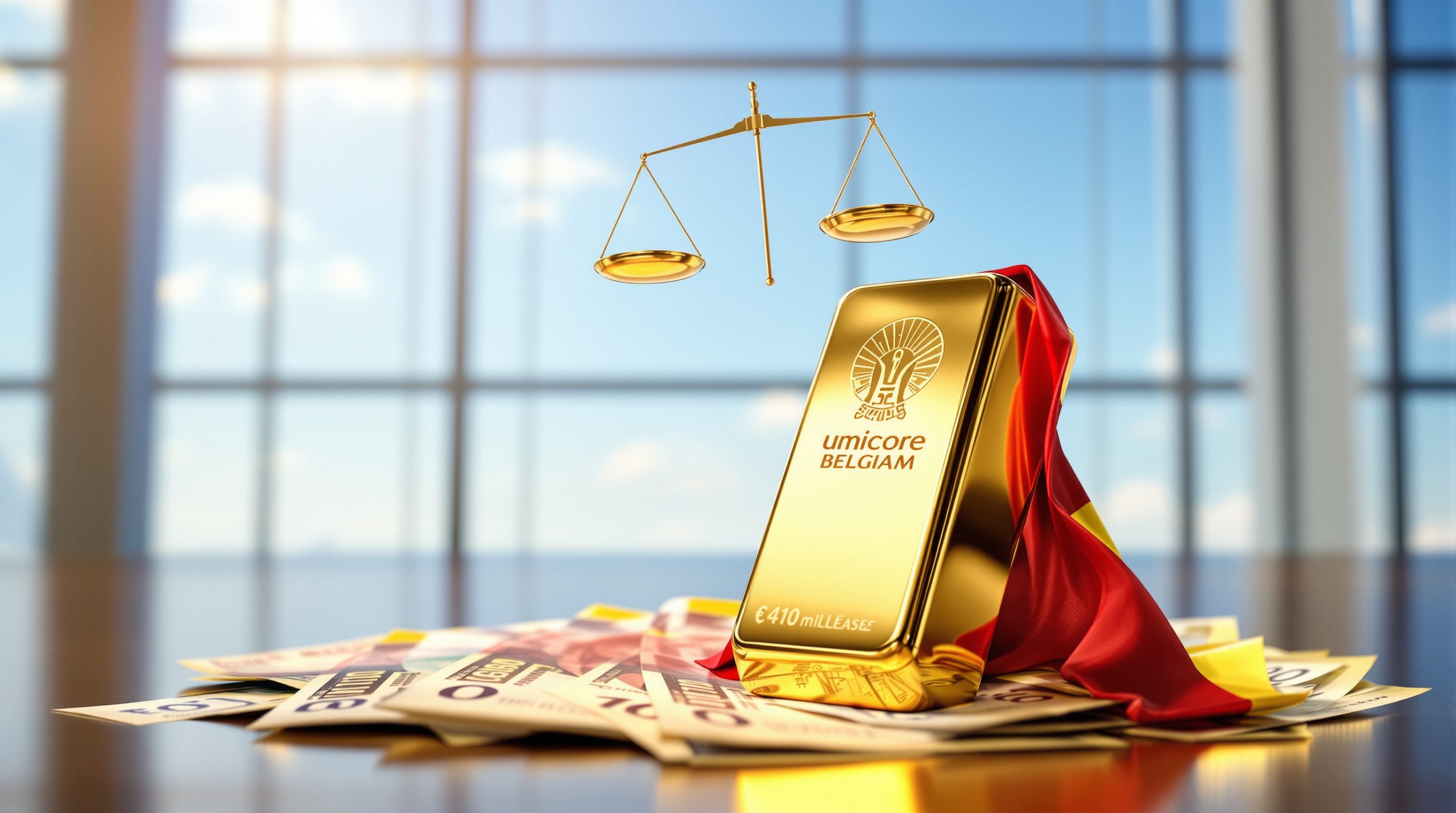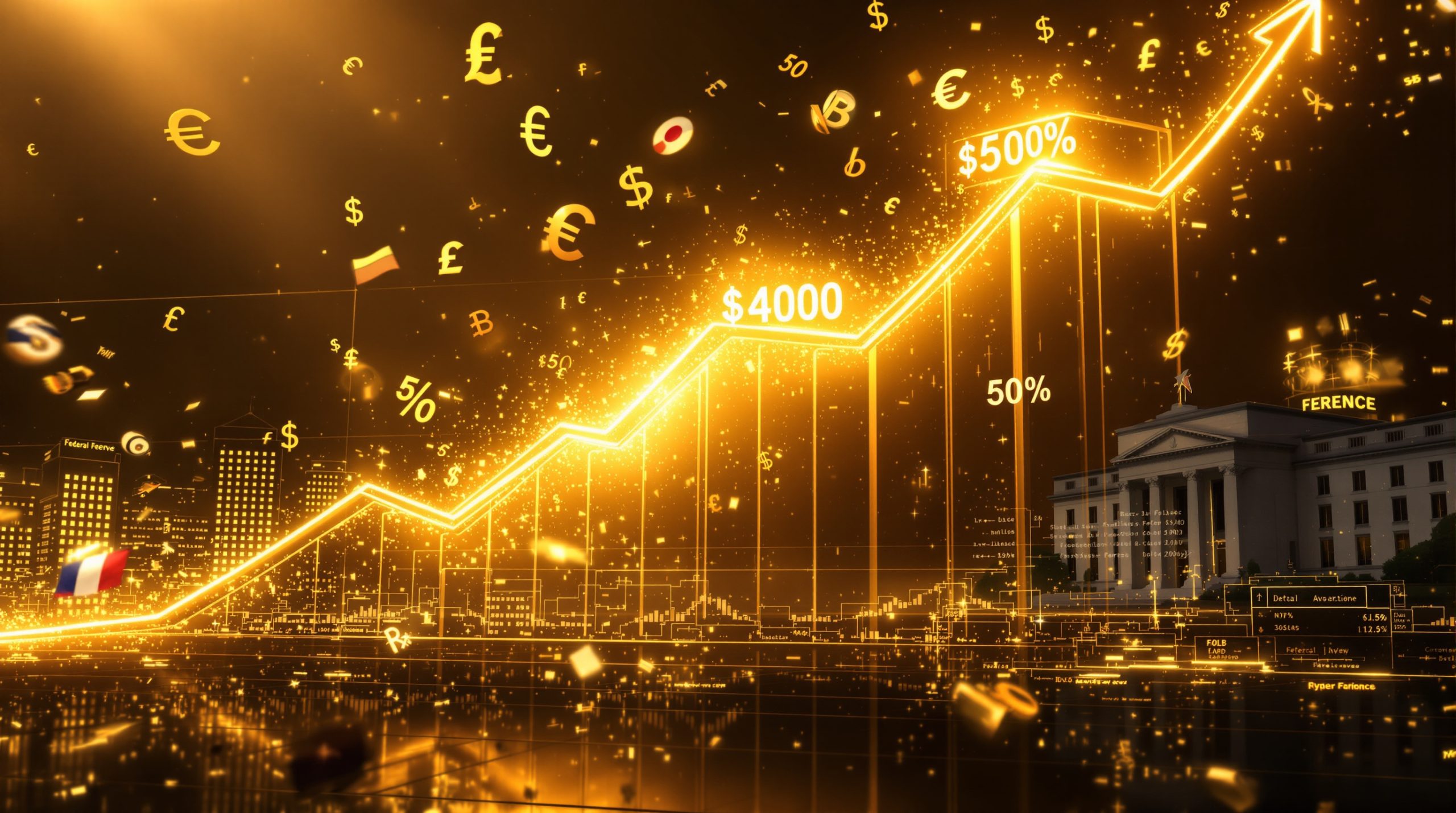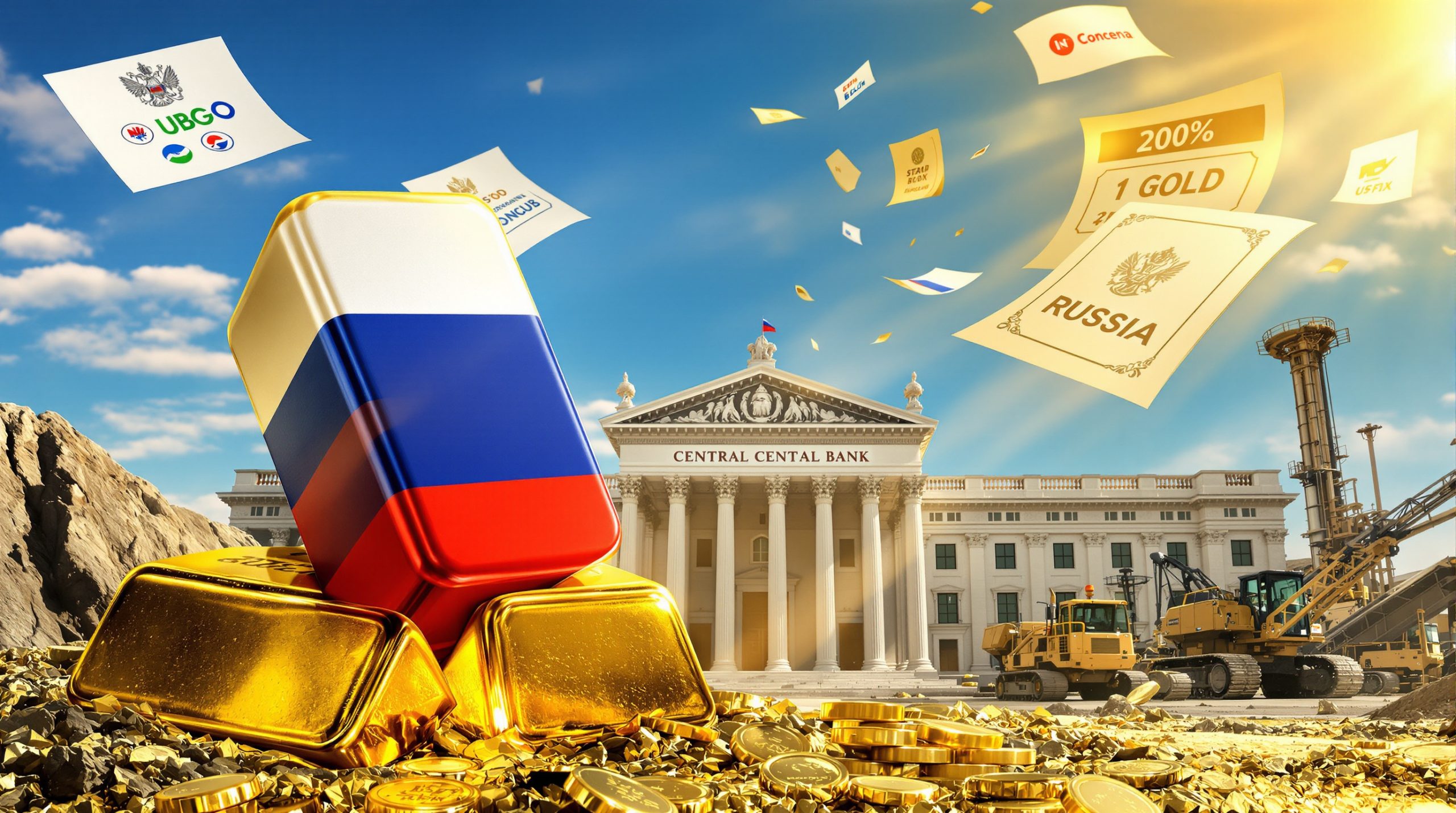What's Driving Silver's Current Market Dynamics?
The Silver Price Trajectory
Silver markets have demonstrated significant volatility throughout their history, with prices fluctuating in response to various economic factors. While silver currently trades in the $25-30 range (as of late 2024), the metal has shown remarkable resilience and growth potential.
The precious metal's all-time high remains $49.45 from January 1980, a psychologically important threshold that continues to influence market sentiment decades later. Recent years have seen silver experience periods of substantial momentum, particularly when economic uncertainty rises.
From a historical perspective, silver's price movements often follow parabolic patterns during bull markets. The 1970s rally saw silver surge from approximately $6 to nearly $50—an increase of over 700%—before experiencing a significant correction. These historical patterns provide context for analyzing current market dynamics as silver prices breaking all-time record highs become increasingly possible.
Global Supply-Demand Fundamentals
Physical silver market fundamentals continue to show signs of tightening. According to the Silver Institute's World Silver Survey, industrial demand for silver has been steadily increasing while mining production faces various constraints:
- Primary silver mining operations have encountered declining ore grades
- Production costs have escalated with inflation and energy expenses
- Permitting challenges and regulatory hurdles have slowed new mine development
- Refining capacity has not kept pace with demand growth in key sectors
The balance between supply and demand remains a critical driver of silver's price potential. When physical inventories decrease while demand increases, market dynamics can shift dramatically, potentially leading to a silver market squeeze that drives prices significantly higher.
How Does Silver's Performance Compare to Other Precious Metals?
Gold's Market Position
Gold, often considered silver's monetary cousin, has demonstrated remarkable strength, with prices consistently holding above the $2,000 per ounce level throughout much of 2024. This represents a significant milestone for the yellow metal, reflecting its status as a premier safe-haven asset.
The gold-to-silver ratio analysis provides key metrics watched by precious metals investors and has historically averaged between 47:1 and 80:1. When this ratio reaches extreme levels (above 80:1), it often signals that silver may be undervalued relative to gold. Conversely, when the ratio drops below 50:1, it can indicate that silver has become relatively expensive compared to gold.
Market analysts note that this ratio tends to narrow during precious metals bull markets, as silver typically outperforms gold on a percentage basis during strong uptrends due to its smaller market size and greater industrial demand component.
Other Precious Metals Performance
Platinum has faced challenges in recent years due to shifting automotive demand, but maintains industrial importance. Trading significantly below its historical highs, platinum presents a different value proposition than silver:
- Platinum production is highly concentrated in South Africa and Russia
- Industrial applications include automotive catalysts, chemical processing, and fuel cells
- Investment demand has been subdued compared to gold and silver
Copper, while technically an industrial metal rather than a precious metal, often moves in concert with silver during economic expansion phases due to their shared industrial applications. Both metals benefit from infrastructure development, renewable energy growth, and manufacturing expansion.
What Price Targets Are Emerging for Silver?
Technical Analysis and Projections
Technical analysts identify several key price levels for silver based on historical performance and chart patterns:
- The $30 per ounce level represents a significant psychological barrier
- The $35-40 range contains resistance from previous bull market peaks
- The all-time high near $50 remains the ultimate technical resistance
Breaking above these levels would require substantial buying pressure and could potentially trigger accelerated price discovery if sufficient momentum develops.
From a fundamental perspective, when adjusted for inflation, silver's 1980 peak would equate to approximately $175 in today's dollars, suggesting significant theoretical upside potential despite recent gains.
Medium to Long-Term Considerations
Looking beyond immediate technical levels, several factors could influence silver's longer-term price trajectory:
- The ongoing green energy transition requiring substantial silver inputs
- Potential monetary policy shifts affecting real interest rates
- Changing investment demand patterns, particularly among younger demographics
- Supply constraints from mature mining districts and declining ore grades
While specific price targets should be approached with caution, the structural factors supporting silver's industrial and investment demand remain firmly in place, potentially leading to silver prices breaking all-time record highs in the coming years.
What Macroeconomic Factors Are Supporting Silver Prices?
Monetary Policy Influence
Central bank policies continue to exert significant influence on precious metals markets. The Federal Reserve's approach to interest rates directly impacts the opportunity cost of holding non-yielding assets like silver and gold.
Recent Federal Reserve Economic Data (FRED) shows that real interest rates (nominal rates minus inflation) play a crucial role in determining precious metals performance. When real rates are negative or very low, the relative attractiveness of precious metals typically increases.
The monetary base expansion witnessed during recent economic challenges has historically created conditions favorable for precious metals. As the St. Louis Federal Reserve reports have shown, significant increases in money supply often correlate with higher precious metals prices over time.
Inflation and Economic Uncertainty
Inflation concerns remain prevalent across major economies. The U.S. Bureau of Labor Statistics Consumer Price Index data continues to show inflation running above historical averages, creating an environment where inflation-hedging assets gain appeal.
Silver's dual nature as both an industrial commodity and a monetary metal positions it uniquely during inflationary periods:
- As a tangible asset, it can preserve purchasing power when fiat currencies decline
- Its industrial demand component provides economic growth exposure
- Limited above-ground inventories restrict supply elasticity during demand surges
Geopolitical tensions further reinforce precious metals' appeal as portfolio diversifiers and safe-haven assets, particularly during periods of heightened uncertainty.
How Is Industrial Demand Affecting Silver Prices?
Green Energy Revolution
The transition toward renewable energy represents one of the most significant demand catalysts for silver. According to International Energy Agency data, solar photovoltaic installations continue to accelerate globally, with each gigawatt of solar capacity requiring approximately 20-80 metric tons of silver depending on the technology employed.
Solar panel manufacturing utilizes silver in several critical components:
- Silver paste for frontside metallization
- Bus bars and finger grids for electrical conductivity
- Reflective coatings to improve light capture efficiency
With global renewable energy targets becoming increasingly ambitious, the solar industry's silver consumption is projected to maintain its upward trajectory. Nations like China, the United States, and the European Union have established renewable energy mandates that will require substantial silver inputs over the coming decades.
Technology and Manufacturing Sectors
Beyond renewable energy, silver's unmatched electrical conductivity, thermal properties, and antimicrobial characteristics make it essential across numerous high-tech applications:
- Electronics industry components including smartphones, tablets, and computers
- Electric vehicle systems requiring high-reliability electrical contacts
- 5G infrastructure utilizing silver in transmission equipment
- Medical applications leveraging silver's antimicrobial properties
- Water purification systems incorporating silver-based technologies
As these technologies proliferate, their collective silver demand creates structural support for the metal's fundamentals. The unique properties of silver make substitution challenging in many high-performance applications, even as prices rise.
What Risks Could Impact Silver's Price Trajectory?
Potential Correction Scenarios
Despite silver's compelling fundamentals, investors should remain aware of potential risks that could trigger price corrections:
- Historical volatility patterns show silver can experience 20-30% corrections even within bull markets
- Options expiration dates frequently coincide with increased market volatility
- Technical indicators can reach overbought conditions during rapid price advances
- Leveraged positions in futures markets may be vulnerable to forced liquidation
Commodity Futures Trading Commission (CFTC) data on market positioning provides valuable insights into potential market vulnerability. When speculative long positions reach extreme levels, the risk of a correction typically increases as profit-taking opportunities arise.
Fundamental Risk Factors
Several fundamental factors could potentially disrupt silver's upward price momentum:
- Industrial demand sensitivity to economic contraction
- Mining supply elasticity at sustained higher prices
- Substitution risk in cost-sensitive applications
- Recycling rate acceleration when prices rise substantially
- Tariff impacts on silver prices through trade policy changes
Understanding these risk factors allows investors to develop more resilient strategies for navigating silver market volatility.
How Are Investment Flows Impacting the Silver Market?
Institutional Investment Trends
Institutional participation in the silver market has evolved significantly in recent years. Exchange-traded products have transformed how large investors gain exposure to silver, with physical holdings among major silver ETFs reaching substantial levels.
Asset allocation models at pension funds and sovereign wealth entities have increasingly incorporated precious metals exposure as portfolio diversification tools. This institutional adoption potentially represents a structural shift in how silver is viewed within the professional investment community.
Family offices and private wealth managers have demonstrated growing interest in tangible assets, including precious metals, as a means of preserving generational wealth during periods of monetary uncertainty.
Retail Investment Dynamics
Retail investor behavior in the silver market shows distinctive patterns:
- Physical silver demand tends to spike during periods of economic uncertainty
- Premium levels on retail silver products fluctuate with market sentiment
- Mint production capacities create bottlenecks during demand surges
- Social media communities have influenced coordinated buying patterns
- Younger investors increasingly recognize silver's dual monetary/industrial role
The retail segment's impact on overall silver market dynamics should not be underestimated, particularly during periods of heightened financial system concern when physical ownership preferences intensify.
What Trading Strategies Are Effective in the Current Silver Market?
Entry and Exit Considerations
Developing effective silver squeeze strategies requires understanding the metal's unique volatility profile and market structure:
- Identifying key technical support levels for potential entry points
- Scaling into positions gradually rather than deploying capital all at once
- Implementing trailing stop mechanisms to protect gains while maintaining upside exposure
- Utilizing options strategies to define risk parameters more precisely
- Considering market liquidity conditions when sizing positions
Silver's tendency toward rapid price movements makes risk management particularly important. Historical data shows that silver can experience substantial intraday price swings, necessitating appropriate position sizing and stop-loss discipline.
Portfolio Allocation Approaches
Silver's unique characteristics make it a compelling component within diversified portfolios:
- Physical holdings provide direct ownership free from counterparty risk
- Mining equities offer operational leverage to metal prices
- ETFs and closed-end funds provide convenient exposure with varying structures
- Options strategies allow for tailored risk/reward profiles
- Futures contracts enable efficient capital deployment for qualified investors
Portfolio construction should consider silver's historical volatility when determining appropriate allocation sizes. For most investors, silver exposure typically represents a modest but strategically important portfolio component rather than a dominant position.
What's the Outlook for Silver Moving Forward?
Bullish Case Scenarios
Several factors could potentially support a constructive outlook for silver prices breaking all-time record highs:
- Continued industrial demand growth, particularly from green energy technologies
- Investment demand responding to monetary policy and inflation concerns
- Supply constraints from mature mining districts and declining ore grades
- Physical market tightness limiting available inventory
- Silver's relative value compared to gold based on historical ratios
These structural factors suggest the potential for silver to maintain its relevance as both an industrial commodity and a monetary asset with investment appeal.
Factors to Monitor
Investors should closely monitor several key indicators when assessing silver's future prospects:
- Central bank policy shifts and interest rate trajectories
- Physical delivery demands on futures exchanges
- Above-ground inventory levels and drawdown rates
- Mining production response to price changes
- Technological developments affecting industrial consumption
By tracking these fundamental factors, market participants can develop more informed perspectives on silver's potential price direction and prepare for possible silver crash recovery outlook scenarios.
FAQ: Silver Market Dynamics
Is silver currently undervalued compared to historical prices?
When adjusted for inflation, silver's 1980 peak would equate to approximately $175 in today's dollars, suggesting significant theoretical upside potential remains despite recent gains. However, market conditions differ substantially from the 1970s Hunt Brothers era, making direct comparisons challenging.
How does silver's performance compare to other asset classes?
Silver has demonstrated both correlation and divergence from traditional asset classes depending on prevailing economic conditions. During inflationary periods, silver has historically outperformed many financial assets, while during deflationary scares, it may underperform defensive assets like government bonds.
What role do ETFs play in the current silver market?
Silver-backed ETFs have accumulated substantial physical holdings, effectively removing metal from immediately available supply and potentially contributing to physical market tightness. These investment vehicles have democratized silver investment access while creating a new dimension of market dynamics.
How might geopolitical developments impact silver prices?
Ongoing tensions between major powers and resource nationalism trends could potentially disrupt supply chains, supporting prices if production or refining capacity is affected. Additionally, geopolitical uncertainty often drives safe-haven investment flows into precious metals markets.
What indicators should investors watch to anticipate potential price movements?
Futures market positioning data from the CFTC, ETF inventory flows, retail product premiums, and technical momentum indicators all provide valuable insights into potential silver market direction. The gold-to-silver ratio also serves as a useful metric for identifying relative value opportunities between the two metals.
Ready to Capitalise on Silver's Next Major Move?
Discover why silver's unique combination of industrial demand and investment appeal could be setting the stage for record-breaking price action by visiting Discovery Alert's dedicated discoveries page, where the proprietary Discovery IQ model helps investors identify actionable opportunities ahead of the broader market.




